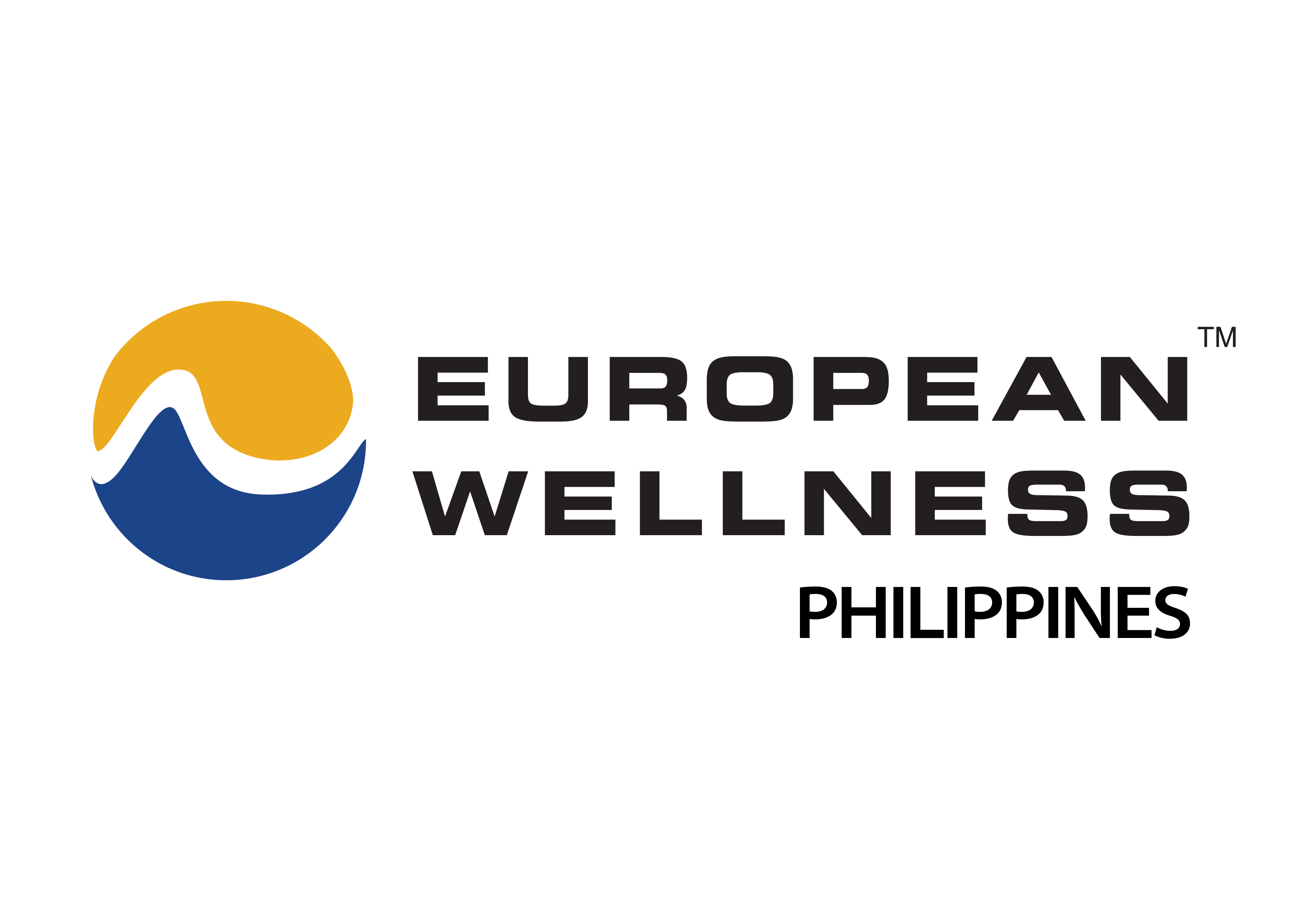Since we were young, we’ve been taught that cells are “the building blocks of life”. But what does that actually mean? It has been labelled so, because all processes that keep an organism alive happen in this level. It follows therefore, that in understanding and preventing disease processes, we shift our focus on this basic unit of life. This is supported by the works of the father of modern pathology way back 1850s, dr Rudolf Virchow, who emphasized that diseases are disturbances on the cellular level.
Cells make up tissues, tissues make up organs, organs make up systems, and these systems working together make our amazing existence possible. So keeping our cells healthy and properly nourished is important to ensure that the body runs in perfect condition- and that in its essence is vitality.
Nowadays it is not just a long life that people are after- its the quality of life. Naturally as we age, the damage in our DNA accumulates. Couple that with our modern day lifestyle- the chemical laden food that we consume, the sedentary and unhealthy practices, the environmental exposures to various kinds of toxins- these all add up in slowly injuring our bodies. These cumulative injuries compromise our body’s ability to generate energy and recover from said DNA damage. This then leads to premature cell death, inflammation and eventually manifests as a visible malfunction of organs we know commonly as “disease”. It is important to note that not all diseases are hereditary or genetic, as in the case of the current pandemic we are in- infectious diseases can affect anyone. It’s a matter of how well our bodies fight off these viral invasions.
Let’s now look at ways on how we can keep our cells in tip top shape. The key is in protecting our DNA, and how do we do that?
First is nutrition. Are our cells equipped with their much needed vitamins and minerals that enable them perform their functions? God made our bodies in such a way that it replaces old or damaged cells. But we have to make sure that we are providing the raw materials our bodies need to make new cells. Because if the damaged cells over power the production of new cells, aging ensues and disease processes start to appear.
We have to ensure that our diet is complete- watch your macros: protein, carbohydrates, and fat. Yes you read that right, fat. Not all fats are bad, we just have to make sure the fats we consume are the good kind- unsaturated, because they are needed for energy production, vitamin absorption and cellular communication. The cell membranes are made out of a lipid bilayer, even our genetic material is protected by a nuclear membrane. The health of lipid membranes are heavily reliant on the type of fats we consume- good fats like unsaturated omega 3 are important in maintaining cellular communication. Too much artificial or trans fats will hamper this and prevent our cells from properly responding to signals. The best sources of omega 3 are fish, eggs, seaweed, chia seeds, flaxseeds, walnuts, spinach and kale. What about the mercury in seafood nowadays? If unsure of your sources, then omega 3 or fish oil supplements are good options.
We go now to proteins. Proteins are important not just as energy source but also for growth, muscle building, and repair of tissues. It is also involved in several biochemical reactions in the form of enzymes, and as hormones or the chemical messengers that allow our organs to communicate with each other. Collagen is one of the most abundant proteins in our body. This provides structural support of our bones and connective tissues, and it not just keeps us wrinkle free but maintains the integrity of our skin, hair and nails as well. Proteins also form the immunoglobulins or antibodies that help us ward off infections. And this is crucial now that we are amidst a viral pandemic. Just make sure that you have good sources of proteins like seafood, white meat poultry, eggs, lean meats, soy and dairy products.
To complete the food groups, we now have carbohydrates. This is the main energy source of our body- glucose. But we have to make sure that our sources are good. Avoid processed carbohydrates and stick to whole foods as they contain more fiber, takes longer time to breakdown but provides a more lasting energy and the most nutrients. Examples of these are whole grains, tubers, legumes, fruits, vegetables. This food group is also a good source of vitamins and minerals.
The second key in keeping our cells healthy is reduction of free radicals. Why don’t we like free radicals? It’s because when the antioxidants are no longer enough to neutralize them, they cause DNA damage and possible mutations. They usually are reactive oxygen or nitrogen molecules- normal byproducts of chemical reactions in the body. However we must emphasize the exogenous sources of free radicals that we can definitely control. These include environmental exposures like pollution, heavy metals, chemicals, pesticides and the like, added to the harm that we bring upon ourselves like cigarette or tobacco smoking and alcohol. Free radical induced oxidative stress has been linked to several diseases such as diabetes, cardiovascular and inflammatory diseases. Therefore avoiding exposures to these toxins are vital in protecting our bodies.
And lastly, crucial to maintaining cellular health is regular detoxification. Getting rid of free radicals with antioxidant therapies decrease chances of DNA damage and premature cellular aging. It also follows that a cleansed body will be able to absorb the nutrients we consume more effectively.
There are several ways of detox and I’d like to go over them in terms of the specific organ systems that are involved.
The integumentary system is not just our largest barrier to infections and pathogens, but is also a means of detoxifying- and that is by sweating. You have several ways of doing it, whether you choose exercise or infrared sauna the goal is to excrete heavy metals and toxins through our pores with sweat and stimulate metabolic processes.
The digestive system is also a route of detox and we can help our bodies flush out these toxins via colon cleansing and promotion of good bacteria in our intestines (probiotics). Colon cleansing may be done with fiber rich supplements and stimulation of bowel movement, or mechanically via colonic hydrotherapy. This ensures that impacted fecal material or undigested debris are excreted enabling us to fully maximize absorption of nutrients from the food we are eating.
A systemic approach via intravenous medications is also another means of detoxification. Chelation therapy is done to bind heavy metals such as mercury, arsenic and lead, and excrete it out of the body. Heavy metal accumulation leads to deposition in vital organs such as brain, kidneys and lungs that can lead to serious illness hence treatment is done once heavy metal toxicity is diagnosed. There are also oral forms of chelation using organic silica, which you just drink daily for those who are not keen with injections.
The liver is one of the most hard working organs of our body. It’s our built-in detoxifier, so it’s only right that we take good care of it by watching our alcohol intake and eating food that help support its natural production of our master antioxidant which is glutathione. Foods rich in sulfur like eggs, broccoli, spinach, cauliflower, onions and garlic help enhance glutathione levels and decrease oxidative stress. Glutathione or its derivatives are now widely available as oral supplements. Antioxidants work by neutralizing free radicals and the commonly used ones include vitamin C, vitamin E, carotenoids, zinc and selenium. Some practitioners administer antioxidants in the form of drips so that it is 100% bioavailable or absorbed as compared to oral supplementation which undergoes first pass effect.
Ideally we get all our needed vitamins and minerals through our diet. However there are some cases where you can’t reach the daily recommended values, and that is where supplementation comes in. The best way to know whether you need it and how much to take, is to consult your doctor, and explore options on the best ways to improve health on the cellular level.


